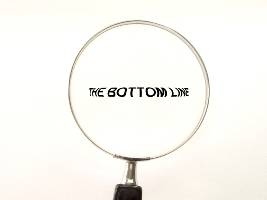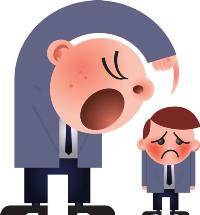March 12, 2013
US wellness programmes failing to impact the bottom line
 A new study from researchers in the United States has indicated for the first time that the benefits of workplace wellness programmes may not be reaching the bottom line of organisations as much as is commonly claimed. The results of the research were published this week in the peer reviewed Health Affairs journal. The researchers followed a wellness programme at a hospital in St Louis and found that, while the numbers of hospitalisations for employees and their family members fell by over 40 per cent on a specific set of conditions, the savings were more than offset by the increased costs of the scheme.
A new study from researchers in the United States has indicated for the first time that the benefits of workplace wellness programmes may not be reaching the bottom line of organisations as much as is commonly claimed. The results of the research were published this week in the peer reviewed Health Affairs journal. The researchers followed a wellness programme at a hospital in St Louis and found that, while the numbers of hospitalisations for employees and their family members fell by over 40 per cent on a specific set of conditions, the savings were more than offset by the increased costs of the scheme.
























March 11, 2013
Flexible working: Falling out of fashion
by Pam Loch • Comment, Legal news, Workplace
Just as ACAS concludes its consultation on flexible working, the practice has been declared démodé by none other than Alexandra Shulman, the editor of British Vogue. Writing in response to the recent news that Yahoo’s Marissa Mayer ordered the company’s 11,500 staff back to the office, the Vogue editor has argued that working from home is not an adequate alternative to showing your face in the workplace. Ms Mayer goes on to note that in a creative environment, important opportunities are missed when absent colleagues are tottering, undressed around their kitchens. The best stories, she says, arise from chance remarks, gossip and jokes between colleagues working alongside each other. (more…)